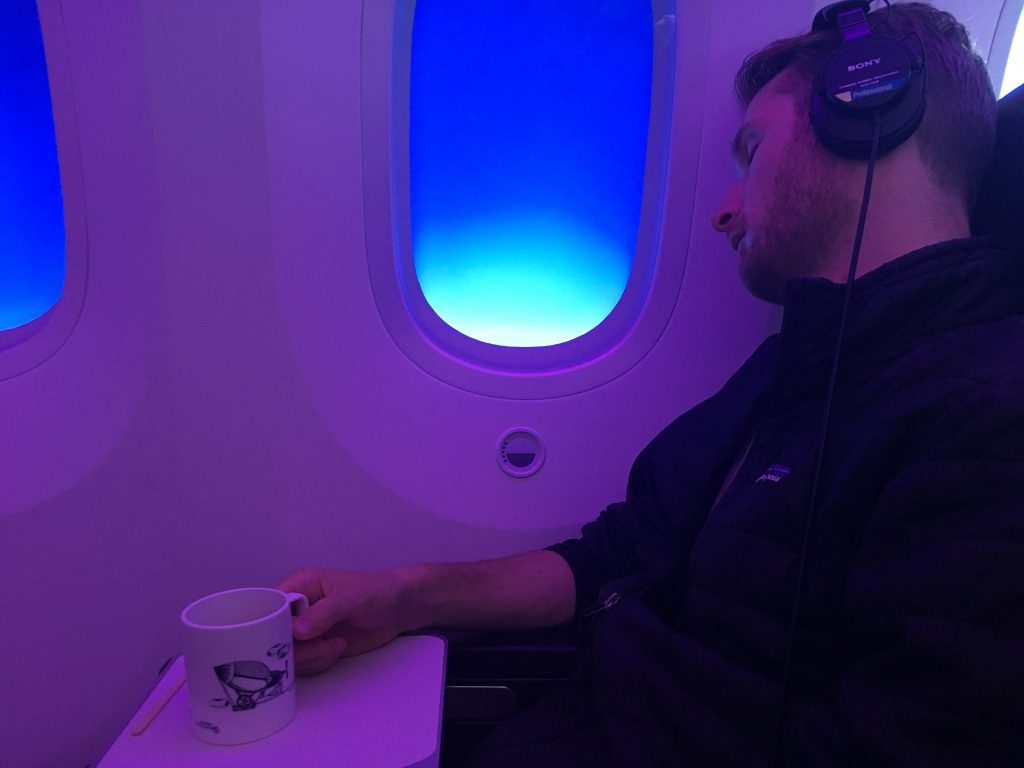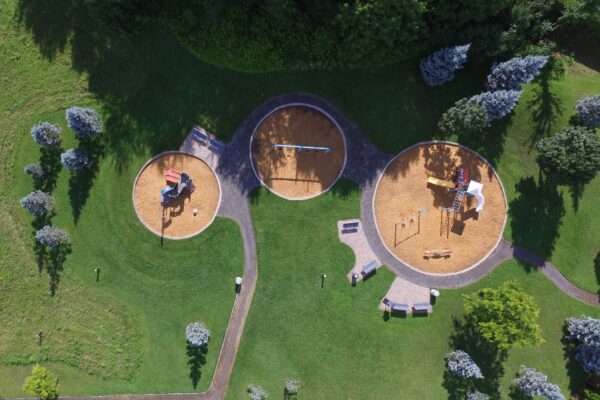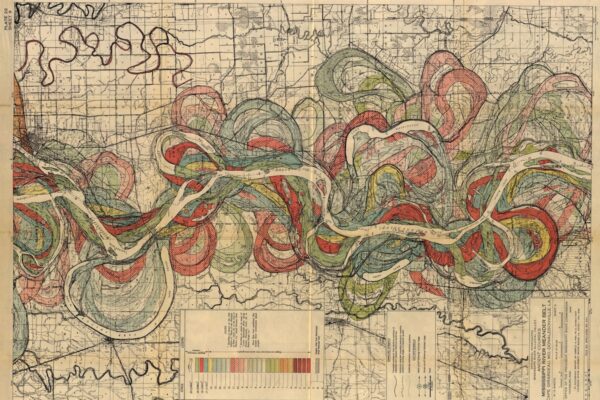Destination vs. Wayfinding in a Naming Ecosystems
“See the city, see the zoo, traffic light won’t let me through.” – Phish
Where did you go recently? Maybe you went to the grocery store or maybe you flew to Salt Lake City. In any event, you had a destination in mind and how you got there was simply an exercise in wayfinding. A destination is the goal, the main event. Wayfinding is typically either working out where to go or following directions. Maybe when you were driving to the store you used turn-by-turn directions or when you were flying to Salt Lake the pilots had a flight plan, not to mention getting yourself to the airport, finding your gate, and squeezing into your seat.

When we work on naming ecosystem projects, we use these terms and the concepts of destinations and wayfinding as a way to determine which names should get which stylistic treatment. Destinations get more dynamic, evocative names and wayfinding names or language should be clear and descriptive.
Specifically, names that operate as destinations are generally thought of as brands, sub-brands, or names important enough to highlight. Generally, that means they’re evocative, metaphoric, interesting, differentiated, trademarked, and supported with care and attention. We’ll use Nike as an example. The Nike name itself is a destination-style name as are many of Nike’s sub-brands like Pegasus, ACG (All Conditions Gear), Air Jordan, Nike Dunk, and Alphafly. Looking at a specific example, the first half of this Nike product name is destination style: NikeAlphafly 3 Premium.
Names or language that operate as wayfinding tools are almost always descriptive in nature and are intended to guide audiences towards the right offering for them. Just like signage on a road or cities on a flight departure board, these names or pieces of language are meant to be unambiguous and support a journey towards a specific destination. For example, the second half of this name is wayfinding: Nike Alphafly 3 Premium. 3 likely connotes third generation, and Premium is often an indicator that Nike is using top of the line materials in this specific model.
When we think about naming ecosystem work it’s important to identify which names should receive which treatment. It can be tempting to give too many products or features flashy, destination-type naming—but it’s important to drill down and determine whether or not you’re actually attracting people to somewhere they want to be or if you’re losing them along the way, stuck in some baggage claim in NoWhereLand.

